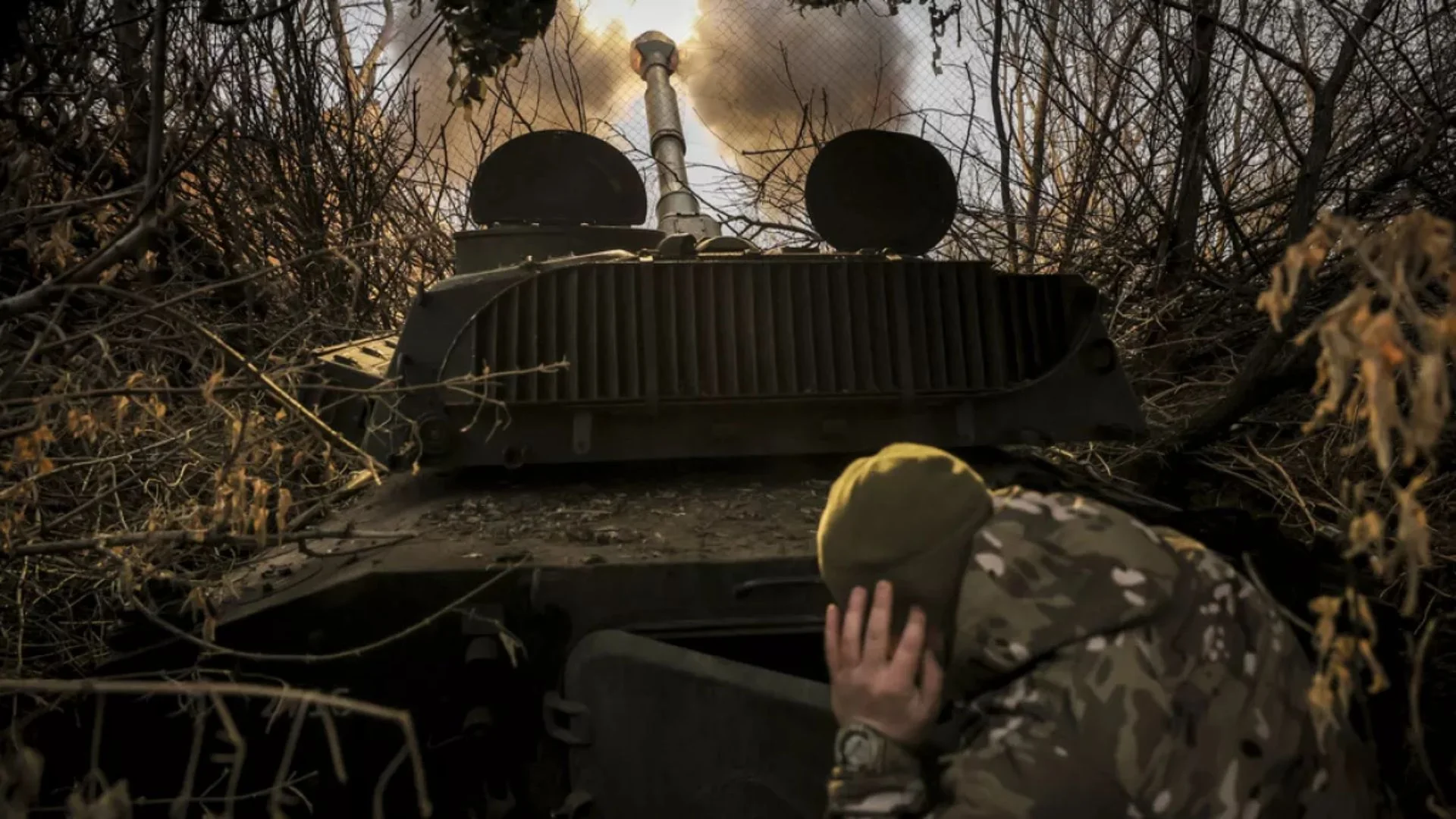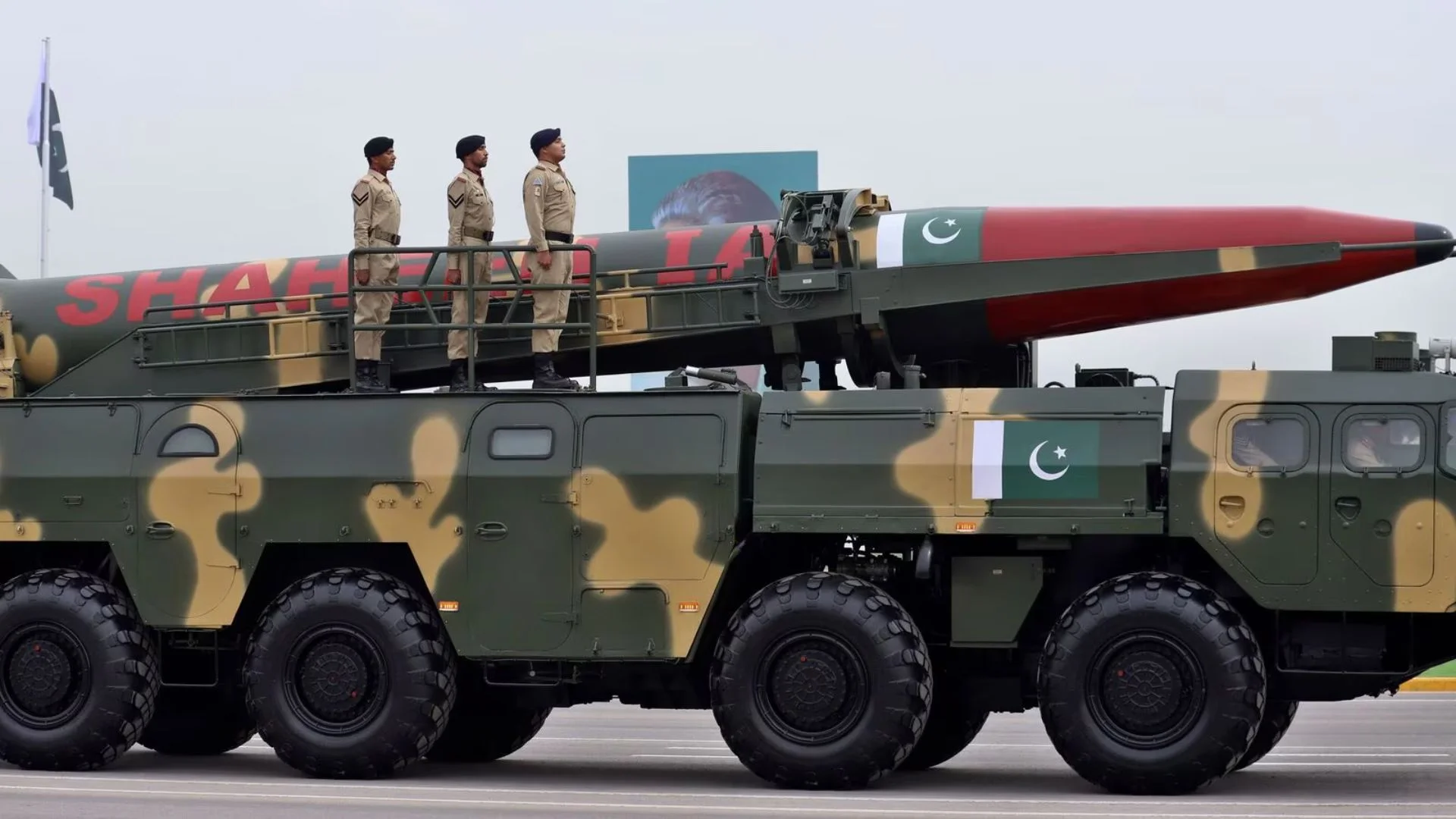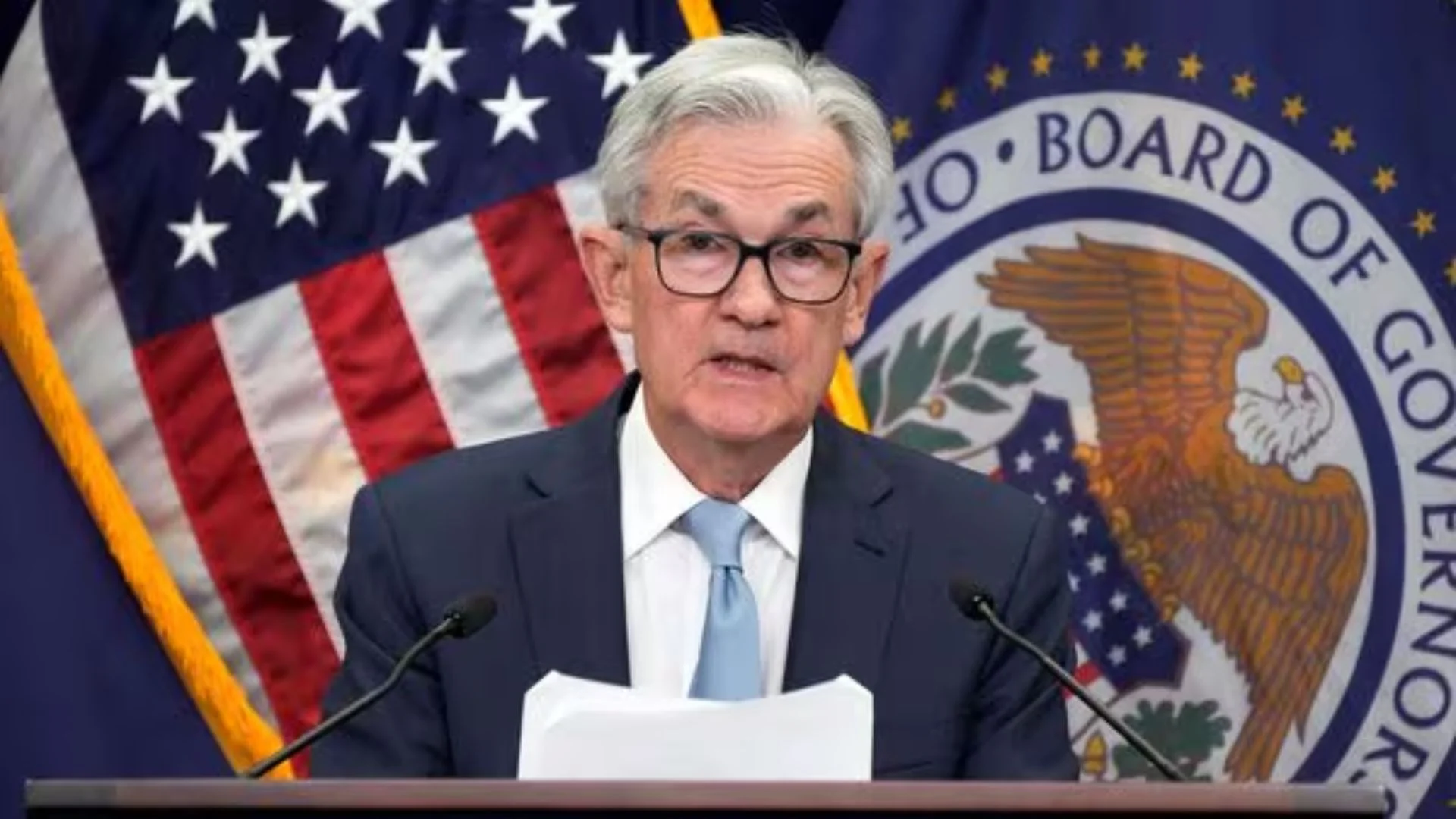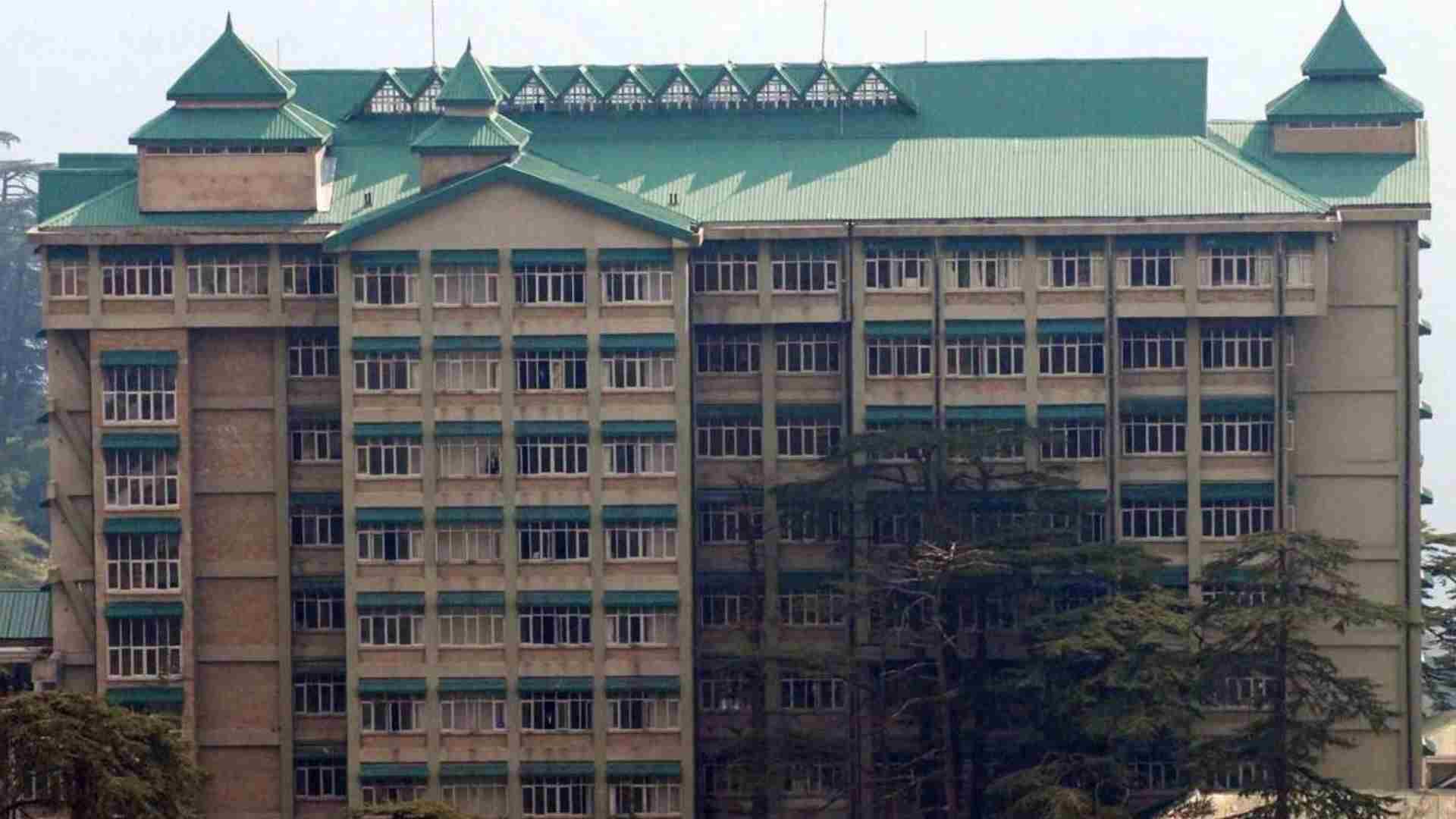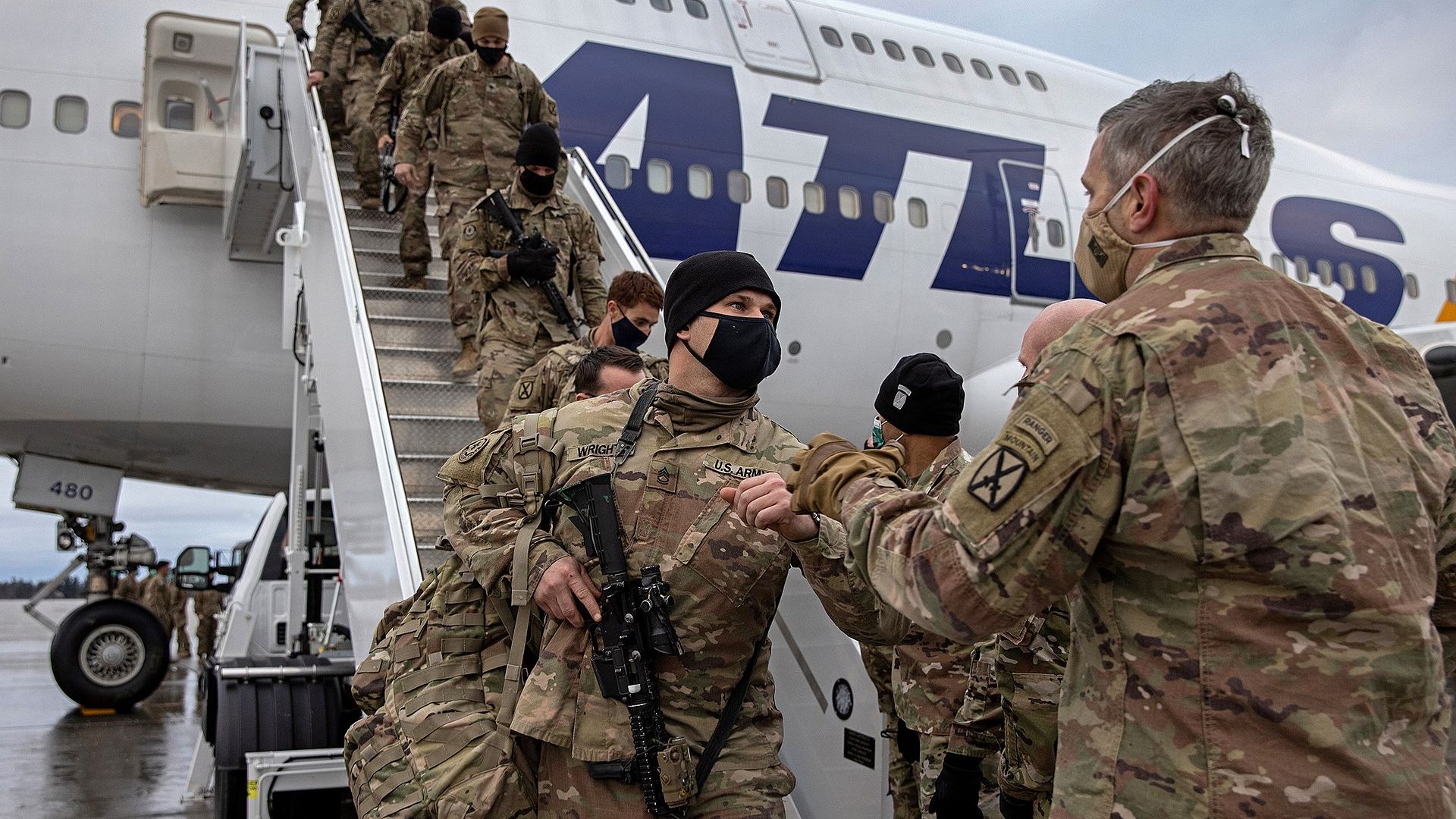
Less than two months away from the United States Presidential election, the withdrawal of United State forces from Afghanistan in August 2021, has become one of the primary election planks for both the ruling Democrats and the power claimant Republicans.
Today a U.S based media report, that cited an unreleased report prepared by Republicans on the House Foreign Affairs Committee, accused the Biden administration of misleading the public about the chaotic U.S. withdrawal from Afghanistan.
The committee report contains details about the panel’s yearslong investigation into the 2021 pullout.
Media reports, citing the findings in the report, said that the report was highly critical of Biden’s decision to withdraw from Afghanistan while stating that he did this to ensure his ‘legacy’ was erected in the history of America while accusing him of “prioritizing politics and his personal legacy over America’s national security interests.”
In response, the U.S state department in a 4500 words response that was released in the 5 PM (IST), blamed the previous Donald Trump administration and the 2020 Doha Agreement, inherited from Trump and criticized him for reducing U.S. troops and releasing Taliban prisoners, which, the response claimed, contributed to the Taliban’s resurgence and undermined efforts for a negotiated peace.
However, most notably, the response has brought into fore how spectacularly the famed U.S intelligence agencies and the state department failed in their job in assessing the developing situation and the likely conclusion.
This failure was marked by several key issues that compounded the challenges faced during the final stages of the U.S. involvement in Afghanistan.
One major issue, as per the response of the state department, was the overestimation of the stability and resilience of the Afghan government and its security forces. U.S. assessments, including both military and intelligence evaluations, significantly misjudged the strength and capability of the Afghan institutions that had been built over two decades. Despite having contingency plans in place, these plans were predicated on an assumption of greater stability and endurance than what was actually present on the ground.
Even the most pessimistic forecasts did not anticipate the rapid and complete collapse of the Afghan government and military within such a short period. This miscalculation suggests that U.S policy makers failed significantly in understanding the political and security dynamics in Afghanistan while relying too heavily on optimistic assessments and failing to account for potential rapid changes.
The situation worsened because of lack of robust scenario planning. The extensive planning conducted by the U.S. government and military failed to adequately prepare for the worst-case scenarios, including a scenario where the Afghan government and military could collapse almost overnight. The decision-making and planning processes were not sufficiently flexible to adapt to the speed at which events unfolded.
More importantly, the intelligence and analysis leading up to the fall of Kabul were also notably deficient. Despite ongoing assessments and monitoring, the intelligence community did not provide clear indications of the impending collapse. General Mark Milley and other officials acknowledged that no reliable intelligence suggested the Afghan government would fall as quickly as it did which points to the deficiencies in intelligence gathering and analysis, where the forecasts and warnings did not align with the actual events on the ground.
Similarly, the delayed initiation of Noncombatant Evacuation Operations (NEO) further exacerbated the crisis. The decision to trigger the NEO was based on indicators that were not fully aligned with the deteriorating situation. The U.S. government’s response was constrained by the time it took to recognize the full extent of the crisis.
“Throughout the first half of 2021, the Administration was constantly assessing the likelihood of President Ashraf Ghani’s government’s staying in power and considering multiple scenarios. Even the most pessimistic assessments did not predict the government forces in Kabul would collapse while U.S. forces remained. As General Milley, the Chairman of the Joint Chiefs of Staff, has previously said, “Nothing I or anyone else saw indicated a collapse of this army and this government in 11 days.” In an August 14 2021, phone call to Secretary Blinken, President Ghani expressed his intent “to fight to the death” to stave off the Taliban takeover before subsequently fleeing the next day,” the response, of the state department stated, while painting a sorry picture of the U.S state department and its deep state capabilities.


